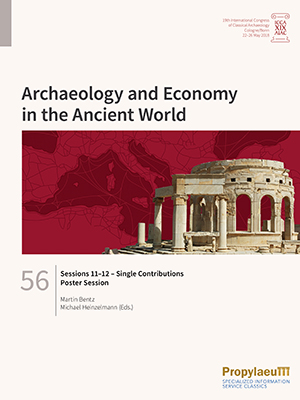Maniscalco, Laura
Modelling Archaeological Landscapes: Bridging Past and Present in two Mediterranean Islands
In recent years, the increasing significance of cultural (also archaeological) landscapes has presented archaeology with new major challenges, which can only be met through interdisciplinary cooperation and on the basis of participatory initiatives. The urgent need to develop effective concepts for the stewardship of archaeological sites and their natural environment can be the triggering force for replacing the destructive methods of archaeology with creative strategies and thereby for drastically changing the profile of this discipline in research and teaching. These considerations were the focus of the present volume that presents the results of the project “Modelling Archaeological Landscapes. Bridging Past and Present in Two Mediterranean Islands”, which was carried out by the Universities of Heidelberg and Catania in 2018 and funded by the DAAD (German Academic Exchange Service).
Sessions 11–12, Single Contributions – Poster Sessions
Economic aspects permeate all areas of public and private life in ancient societies, whether in urban development, religion, art, housing, or in death. Research on ancient economies has long played a significant role in ancient history. Increasingly in the last decades, awareness has grown in archaeology that the material culture of ancient societies offers excellent opportunities for studying the structure, performance, and dynamics of ancient economic systems and economic processes. Therefore, the main objective of this congress was to understand economy as a central element of classical societies and to analyse its interaction with ecological, political, social, religious, and cultural backgrounds. The theme of the congress was addressed to all disciplines that deal with Greco-Roman civilization and their neighbouring cultures from the Aegean Bronze Age to the end of Late Antiquity.
In this collective volume, single contributions from sessions 11 and 12 deal with digital topics such as computational approaches and 3D documentation in archaeology and building research. On the other hand, the studies include topics on ancient sculptures and sanctuaries as well as the rituals associated with them.
Furthermore, the numerous transcribed posters which have been presented and discussed during the congress week in the context of a poster session are published in this volume.








